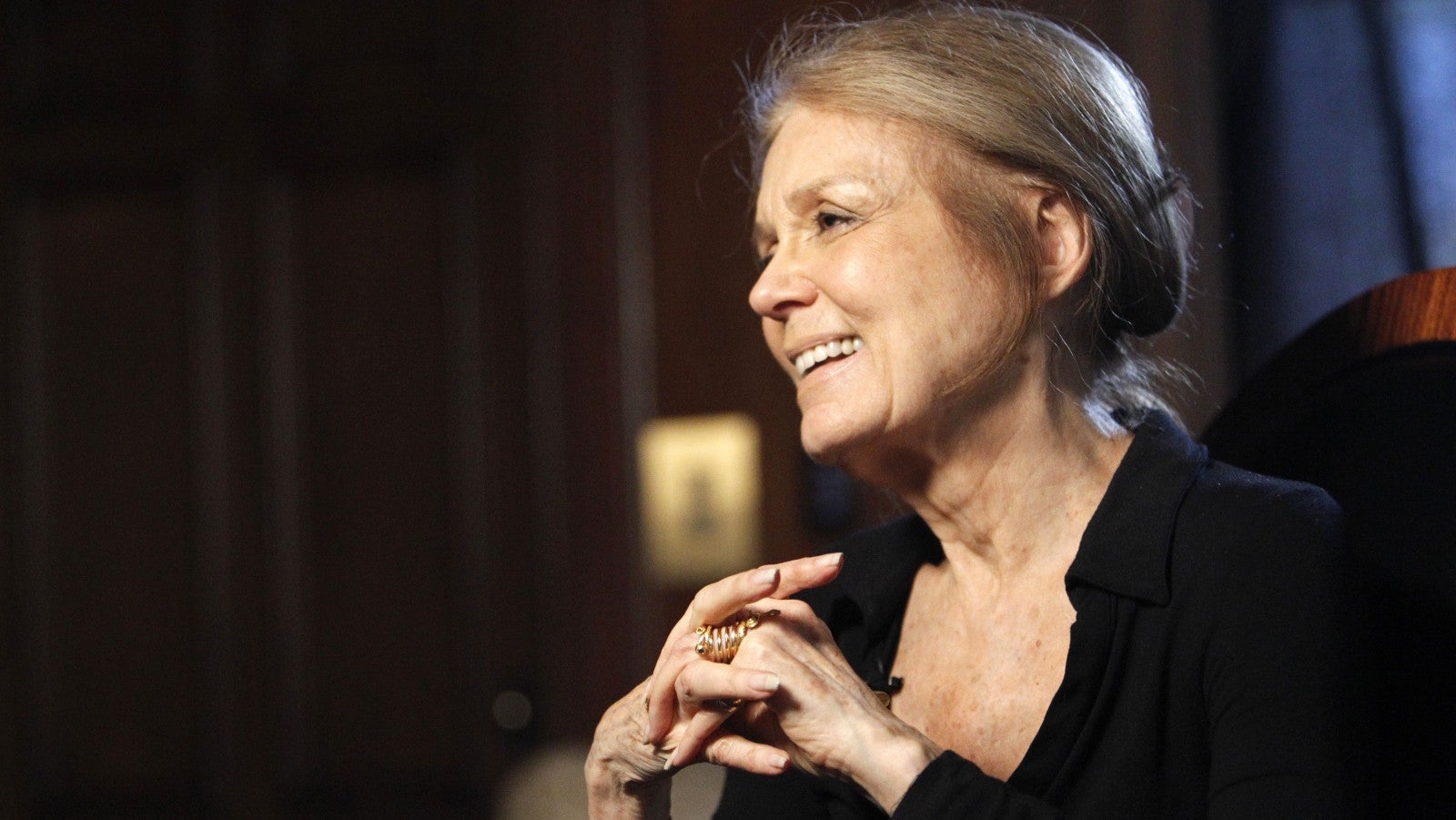Gloria Steinem tells Lena Dunham: Crying at work is a sign of power, not weakness
Crying is a response I have to many things—including anger, joy, movies on planes, and the news (sometimes tricky for a journalist).


Crying is a response I have to many things—including anger, joy, movies on planes, and the news (sometimes tricky for a journalist).
So I was encouraged by the advice of Gloria Steinem, the iconic feminist and activist, to the writer and actor Lena Dunham about crying at work.
Crying at work is generally taboo, but maybe, suggested Steinem in her interview with Dunham for the newsletter Lenny, suppressing the urge to cry is wrong. Instead we should just explain—through the tears if necessary—that, very often crying is an expression of emotions other than sadness. And we should keep in mind that it doesn’t necessarily cloud our judgement, signal fragility, or mean we need comfort.
Here’s the exchange:
Lena Dunham: Hopefully sobbing decreases with age, because I sob way more than I think is appropriate.
Gloria Steinem: I don’t know about you, but if I really get angry, I cry. Does that happen to you?
LD: Always. I find it really embarrassing.
GS: We try to stay in control too long and then burst out. Instead of saying what we’re angry about in a reasonable way, suddenly we just explode. A woman who was an executive told me once that she got angry in work situations where she needed to get angry, cried, and just kept talking through it. She had mostly men working for her, so it wasn’t so easy to be understood. And she would just say to them, “I am crying because I’m angry. You may think I’m sad. I am not sad. This is the way I get angry.” And I’ve always wanted to do that. It’s still my goal.
LD: There’s one guy I work with who I have a complicated relationship with. We’re friends, but sometimes he makes me really, really mad. I always burst into tears, and I get this terrible feeling that my crying means that he’s triumphed and I’m wrong or I’m embarrassed.
GS: Why don’t you do what I can’t do? To say: “This is how I get angry. I am crying because I’m angry. Because I am crying, I will live longer than you.”